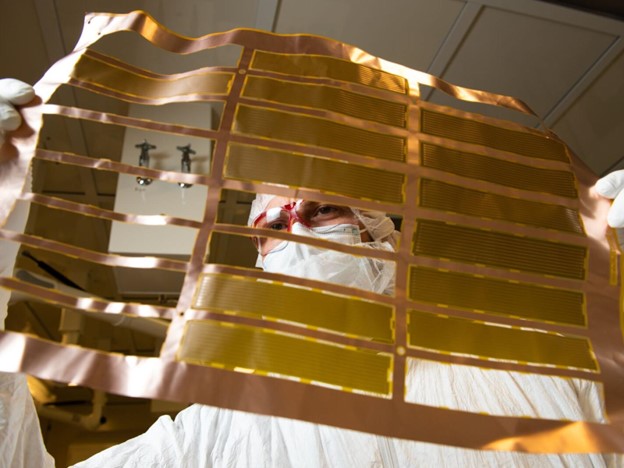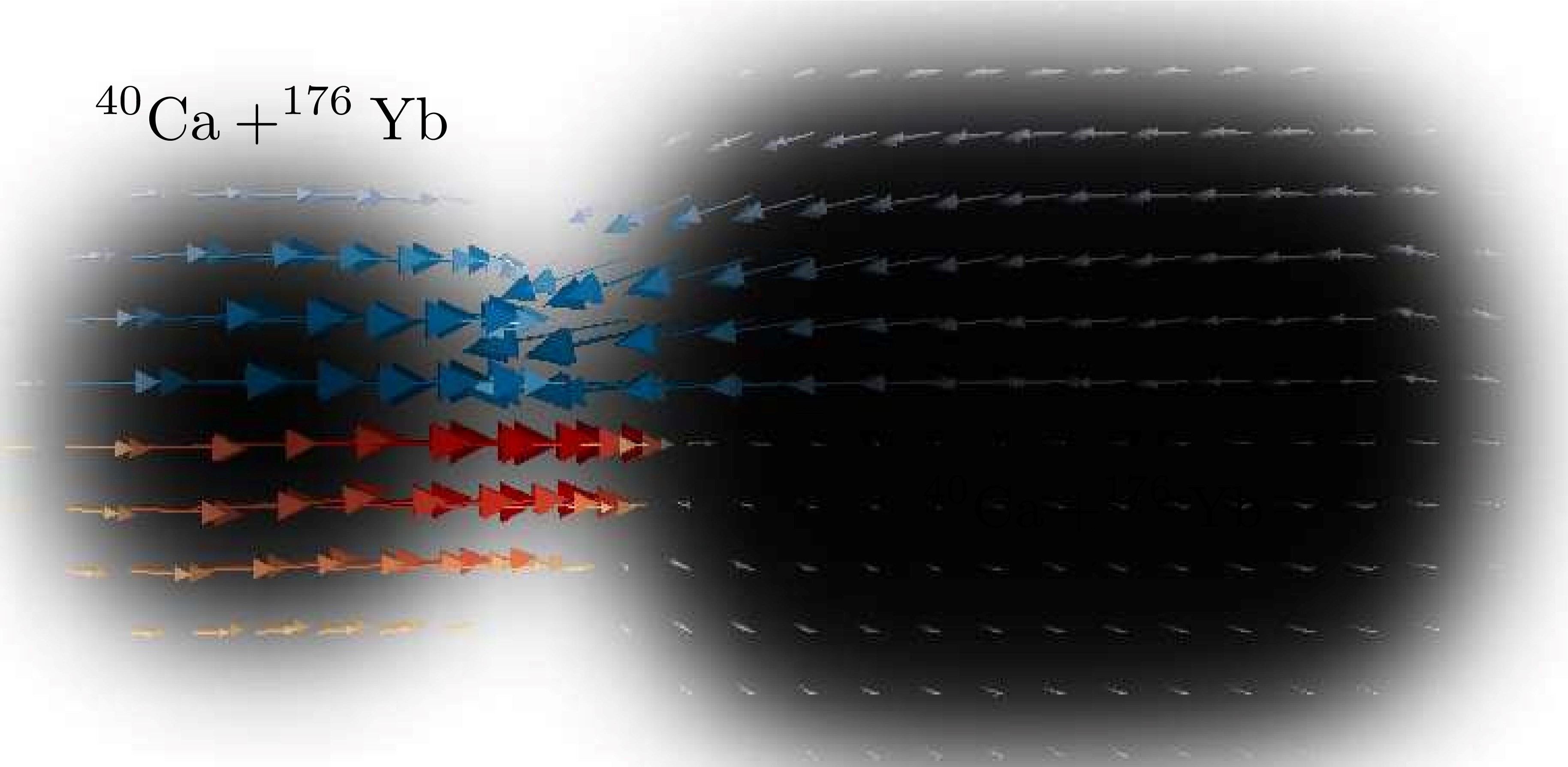Creating Quiet Cables for Rare Physics Events
Researchers design ultra-low radiation cables to reduce background noise for highly sensitive nuclear decay and dark matter detectors.

The Science
Background radioactivity in everything from dust to the surrounding environment can interfere with ultra-sensitive physics experiments. That includes natural radioactivity in the very cables and electronics that detect signals. To reduce the amount of background radiation from cables, scientists systematically examined the radioactive contaminants introduced when cables are produced. Next, they identified alternative methods for cleaning and preparing the cables to reduce the contamination levels. This resulted in cables that had 10 to 100 times less of the naturally occurring radioactive isotopes uranium-238 and thorium-232 than commercial cables. These levels are low enough for use in ultra-sensitive physics experiments.The Impact
Certain physics experiments, like the search for neutrinoless double beta decay or dark matter, are looking for extremely rare events. Finding these events could help scientists understand the origin and nature of matter in the universe. However, radioactive contaminants in these detectors can mimic the elusive signals that physicists are seeking. This is true even at concentrations of contaminants as tiny as one part-per-billion. Researchers need cables to extract the signals from these detectors, but commercial cables do not meet the standards for the next generation of detectors. This research led to new custom low-radioactivity cables. These cables can increase the sensitivity of these experiments by reducing the amount of interfering radioactivity. They also allow researchers to deploy additional sensors within the detector.Summary
Researchers at Pacific Northwest National Laboratory (PNNL) in collaboration with small business partner Q-Flex Inc. investigated radioactive contamination levels in the cable fabrication processes using small detachable “coupons” that act as surrogates for the cables. At each step of the process, the scientists removed an individual coupon from a panel for analysis using inductively coupled plasma mass spectrometry (ICP-MS), a highly sensitive but destructive technique for detecting sub-parts per trillion of uranium-238 and thorium-232. Their results revealed that, even when starting with carefully selected radiopure materials, radioactive contaminants were introduced via chemical solutions during the photolithography and plating steps. PNNL and Q-Flex explored new fabrication techniques as well as substitute materials and developed a cleaning recipe to reduce the radioactive uranium-238 and thorium-232 contamination to a few tens of parts per trillion.Once the key contaminating steps and suitable alternative methods were identified, the scientists produced two sets of fully functional cables using the newly formulated low-background fabrication process. These cables represent the types to be used in the planned nEXO neutrinoless double beta decay experiment and the DAMIC-M dark matter experiment. The resulting cables have extremely low levels of radiation, at roughly 10-30 parts per trillion of uranium-238 and thorium-232. These “quiet” cables will enable more sensitive searches for extremely rare events such as neutrinoless double beta decay and dark matter interactions.
Contact
Richard SaldanhaPacific Northwest National Laboratory
richard.saldanha@pnnl.gov
Funding
This work was supported by the Department of Energy Office of Science, Office of Nuclear Physics, under the Early Career Research Program and the Small Business Innovation Research Program.Publications
Arnquist, I.J., et al., Ultra-low radioactivity flexible printed cables. EPJ Techniques and Instrumentation 10, 17 (2023). [DOI: 10.1140/epjti/s40485-023-00104-6]Related Links
Shh! Quiet Cables Set to Help Reveal Rare Physics Events, Pacific Northwest National Laboratory newsHighlight Categories
Program: NP
Performer: DOE Laboratory , Industry



